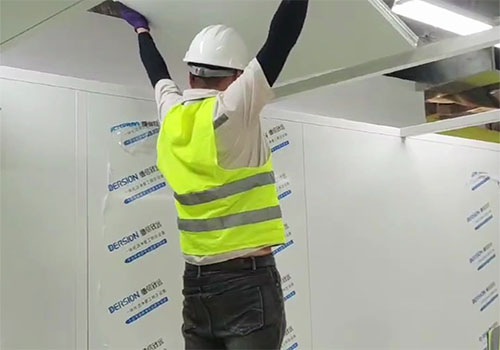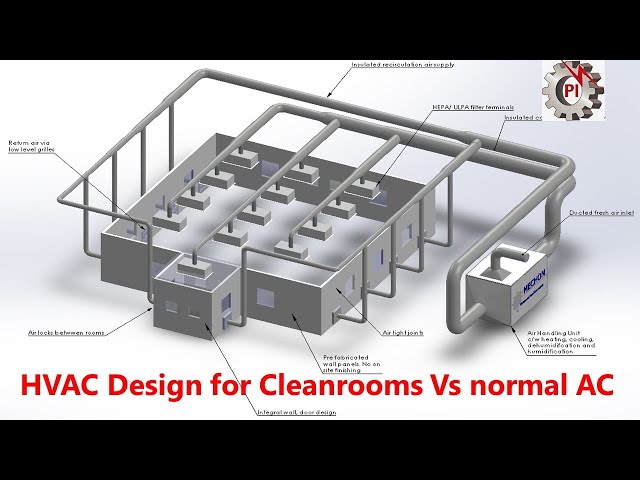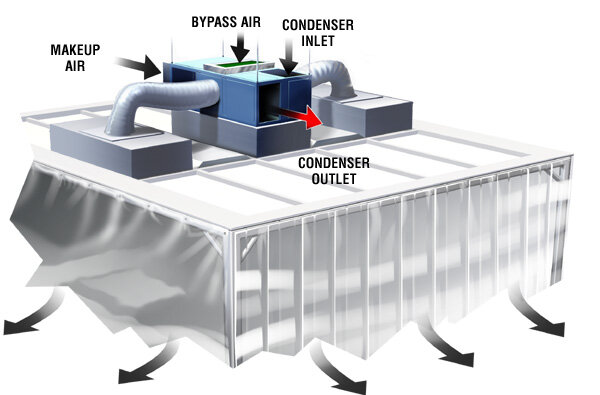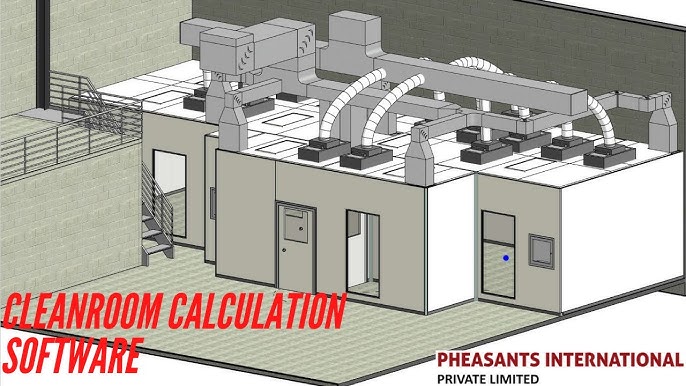Cleanroom Construction-Cleanroom Installation
Cleanroom construction involves creating a highly controlled environment with specific airflow, temperature, humidity, and filtration requirements to minimize contamination.
Core Control:
Controlled environment
Strict air filtration
Regulated temperature and humidity
Non-shedding materials
Easy-to-clean surfaces
Contamination control standards
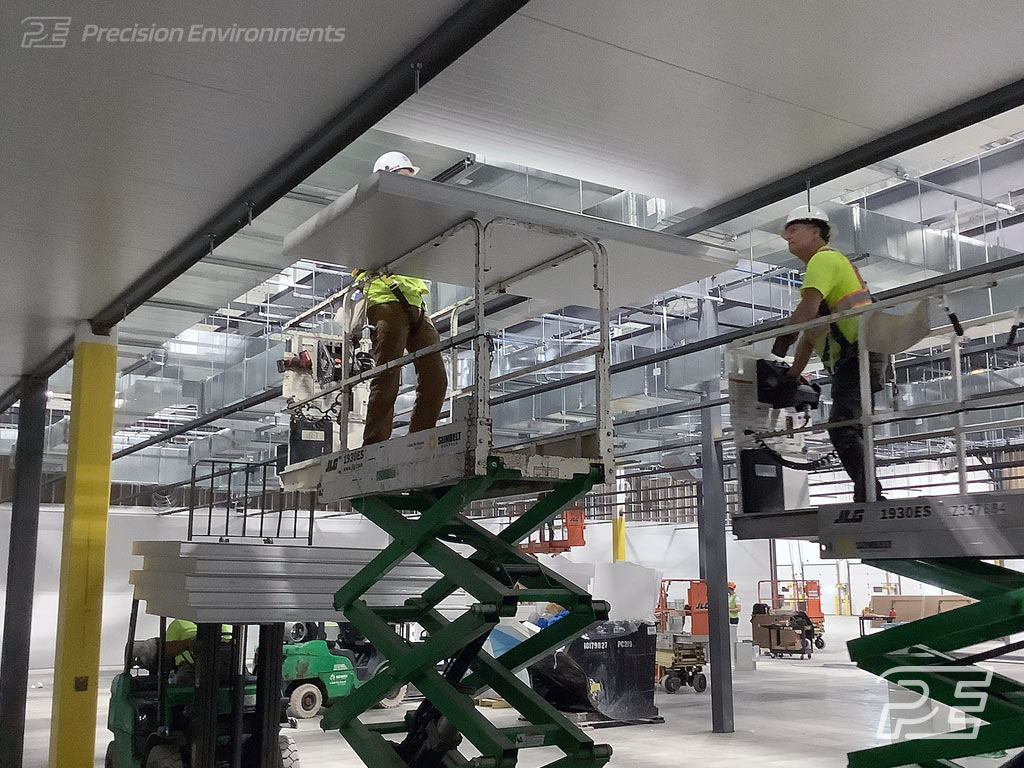
FAQ
What are the key considerations in cleanroom design?
When designing a cleanroom, airflow and filtration are crucial elements. Proper air circulation ensures that contaminants are effectively removed, maintaining the desired cleanliness level. Temperature and humidity control are equally vital, as they can affect both the environment and the product's integrity. The filtration system must meet rigorous industry standards, such as ISO, to ensure performance.
Material selection is also essential. Commonly used materials should have low shedding properties and be easy to clean, such as coated metals or specific plastics. Surfaces should be non-porous to prevent microbial growth and chemical resistance must be considered for certain industries. During layout planning, it’s important to consider equipment placement and workflow efficiency to optimize space and operations.
How much does it typically cost to construct a cleanroom?
The cost of constructing a cleanroom can vary significantly based on its size, complexity, and cleanliness requirements. Generally, a cleanroom can cost anywhere from hundreds of thousands to several million dollars. Higher ISO classes, such as ISO 5, require more sophisticated equipment and materials than lower classes like ISO 8, which increases costs.
Other costs to consider include design fees, construction management, and compliance testing and certification. Custom requirements, such as specific contamination controls or specialized equipment, can add to the cost. Engaging with experienced construction partners who provide detailed cost estimates and planning can help manage the budget effectively.
What are the advantages of modular cleanrooms?
Modular cleanrooms offer several advantages, including faster installation due to pre-fabricated components. This speed is particularly beneficial for businesses requiring quick project delivery. Additionally, modular cleanrooms provide flexibility; they can be easily reconfigured or expanded as business needs change.
- Speed of Installation: Modular components allow for rapid setup.
- Flexibility: Easily adaptable to changing requirements.
- Cost-effectiveness: Predictable costs with fewer on-site variables.
- Quality Assurance: Prefabrication ensures high standards and consistent performance.
- Environmental Control: Provides stable conditions with integrated systems.
These benefits make modular cleanrooms a cost-effective solution that can be customized to fit specific industry needs and compliance requirements, ensuring high standards of cleanliness and operational efficiency.
What challenges are associated with cleanroom construction?
One of the primary challenges is ensuring compliance with industry standards and regulations such as ISO and GMP. These standards require strict control over air quality, contaminant levels, and environmental parameters, demanding precision throughout the construction process. This complexity often necessitates the integration of sophisticated systems that must seamlessly work together.
Additionally, the design and construction of cleanrooms require multidisciplinary expertise, from architecture and HVAC systems to specialized filtration and air handling equipment. Coordinating these elements involves meticulous planning and communication among project teams. Supply chain management is also crucial, as high-quality materials must arrive on time to prevent delays. Overcoming these challenges requires experienced project management and reliable construction partners.
What steps are involved in the cleanroom construction process?
The cleanroom construction process begins with a thorough needs assessment and design phase. This phase establishes the specifications and functional requirements of the cleanroom, including ISO classification, size, and operational needs. Following design, the construction phase involves assembling the structural framework and systems like HVAC and filtration.
Once the basic structure is in place, equipment and facilities are installed and calibrated to ensure everything operates correctly and meets specified standards. The final stages involve rigorous quality tests and certifications to verify the cleanroom's compliance with its intended cleanliness level. Maintaining communication with regulatory bodies throughout is essential to ensure adherence to all requirements and approvals.
What are the benefits of cleanroom construction?
- Controlled Environment: Cleanrooms provide a meticulously regulated setting that ensures a stable manufacturing process.
- Product Quality Improvement: By minimizing contamination, cleanrooms enhance the overall quality and reliability of products.
- Regulatory Compliance: Cleanrooms help businesses meet industry regulations and standards effectively.
Moreover, cleanrooms extend equipment life by providing optimal conditions, reducing maintenance needs. They protect both the manufacturing process and workforce by ensuring a safe and comfortable working environment. Ultimately, cleanrooms are essential for sectors where precision and hygiene are paramount, leading to better operational outcomes.
How do you ensure compliance with cleanroom standards?
Ensuring compliance with cleanroom standards involves selecting materials and equipment that meet industry guidelines. Filtration systems, such as HEPA or ULPA, must perform to specifications set by standards like ISO or GMP. Additionally, regular reviews and maintenance are critical to keep the cleanroom compliant with operational protocols.
Post-construction, a rigorous validation and certification process is necessary to ensure all systems function as intended and meet cleanliness standards. This includes leak testing, airflow measurements, and particle count tests. Engaging certified testing agencies can significantly enhance the accuracy and reliability of compliance evaluations.
 +86 18186671616
+86 18186671616 Jason@cleanroomequips.com
Jason@cleanroomequips.com
 MENU
MENU